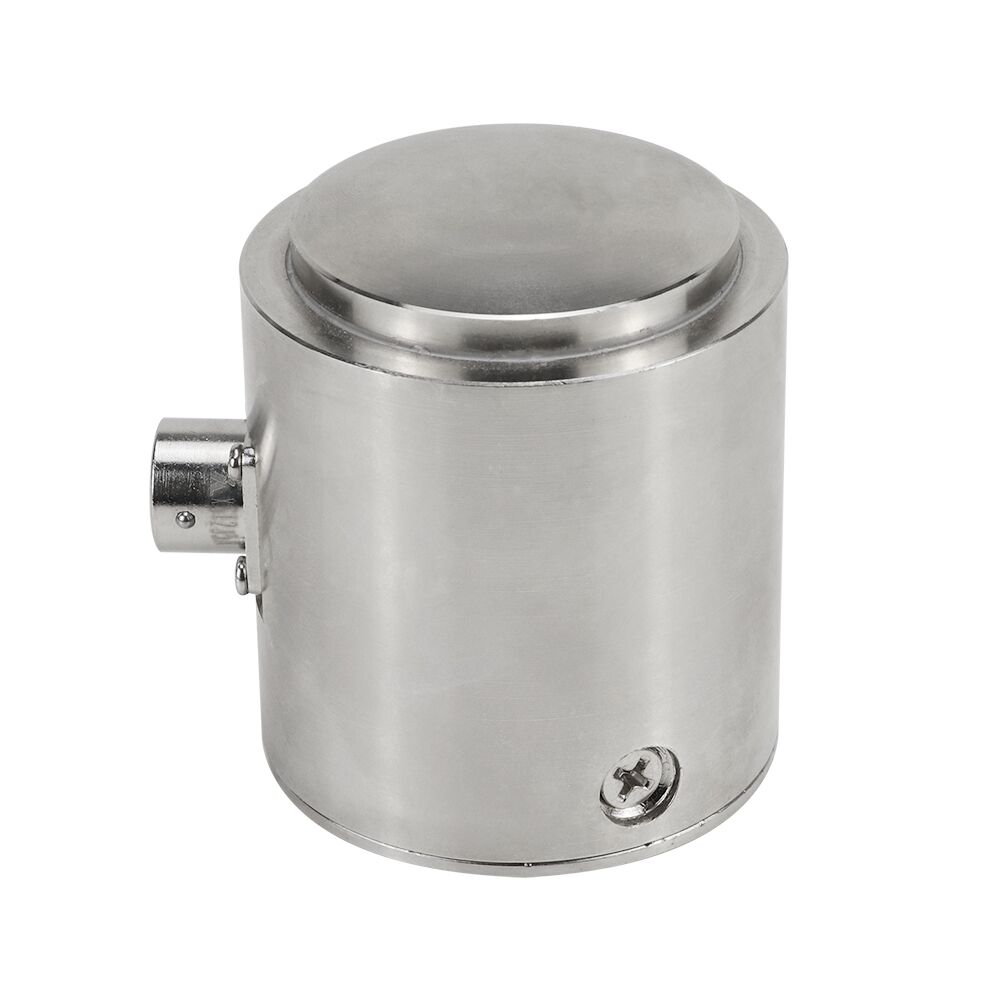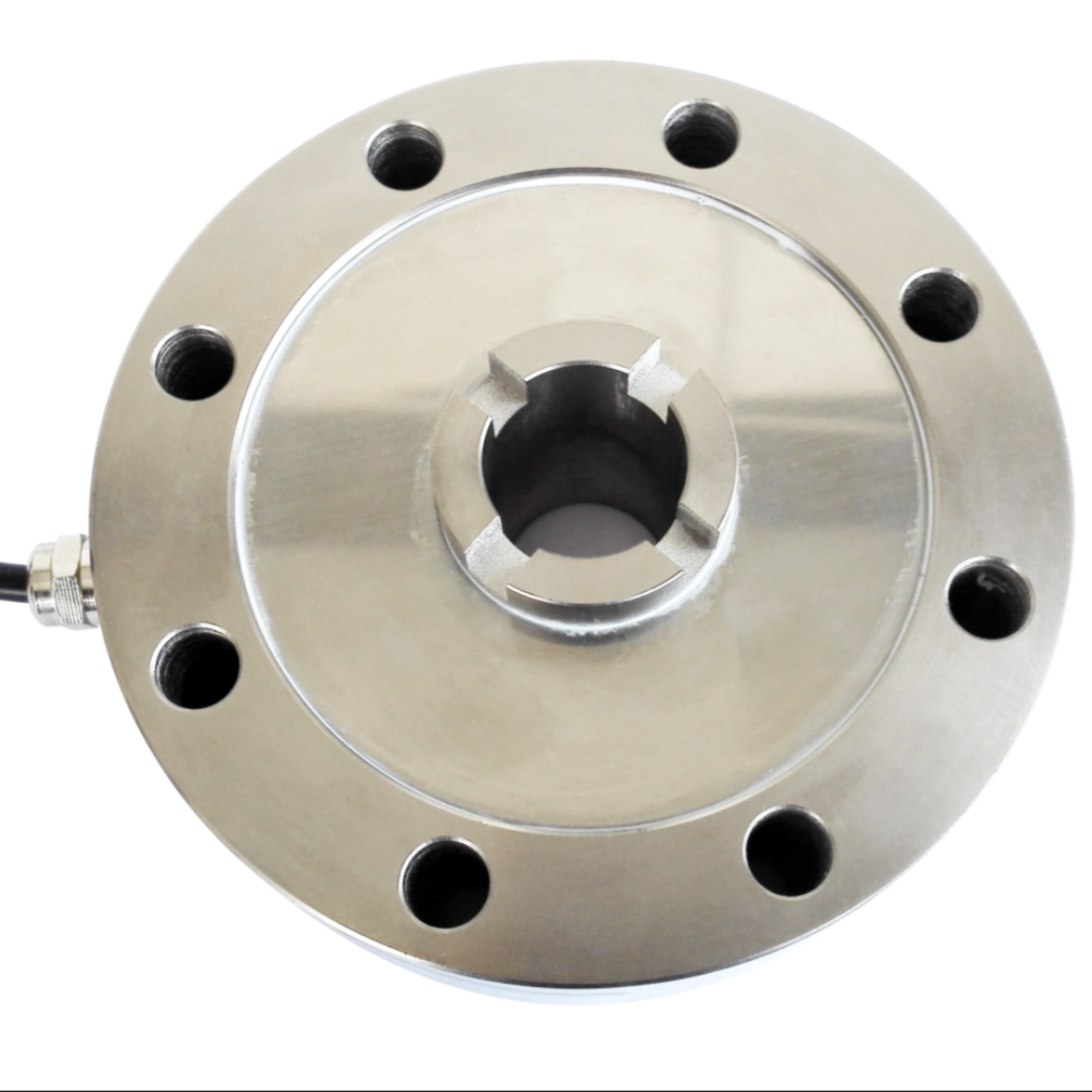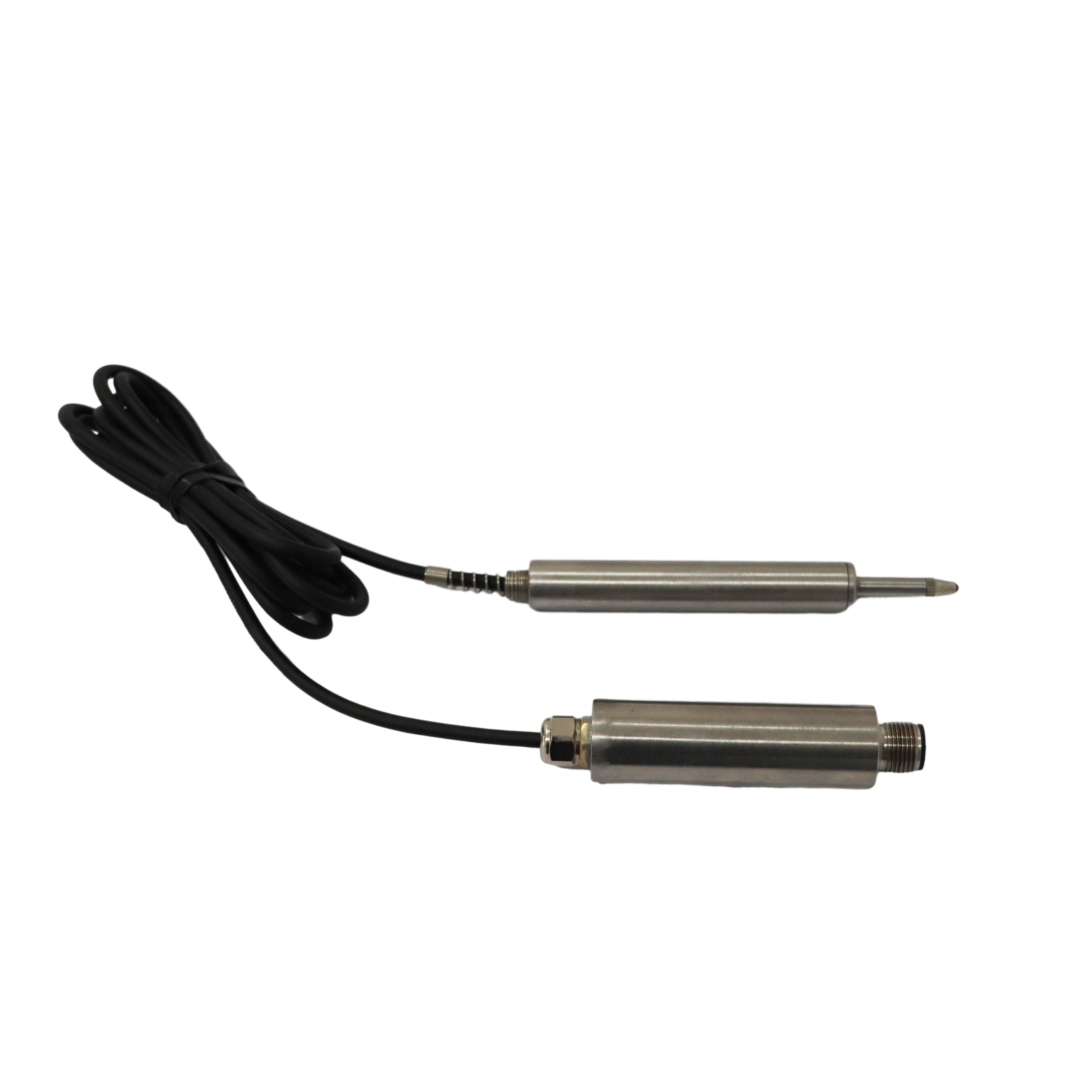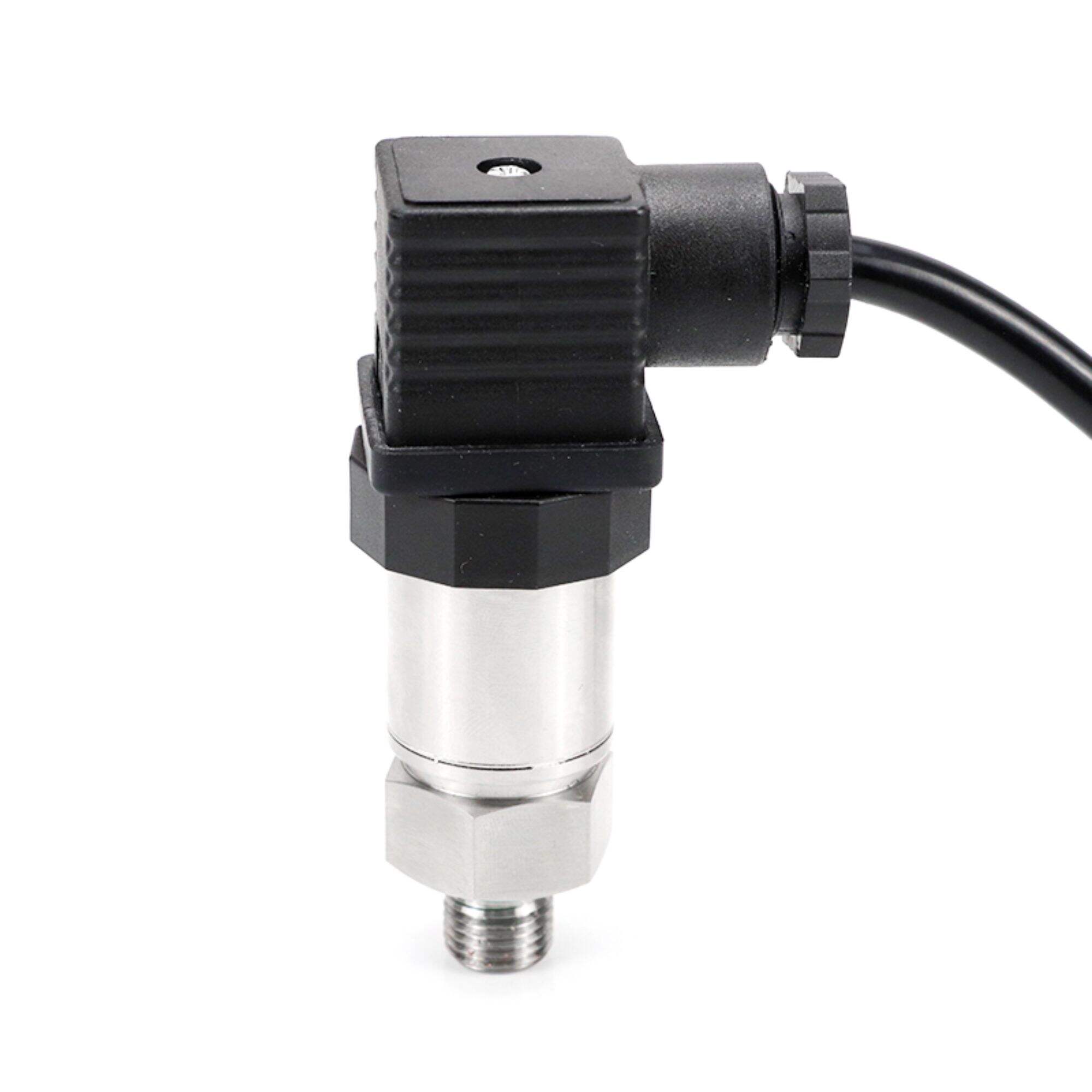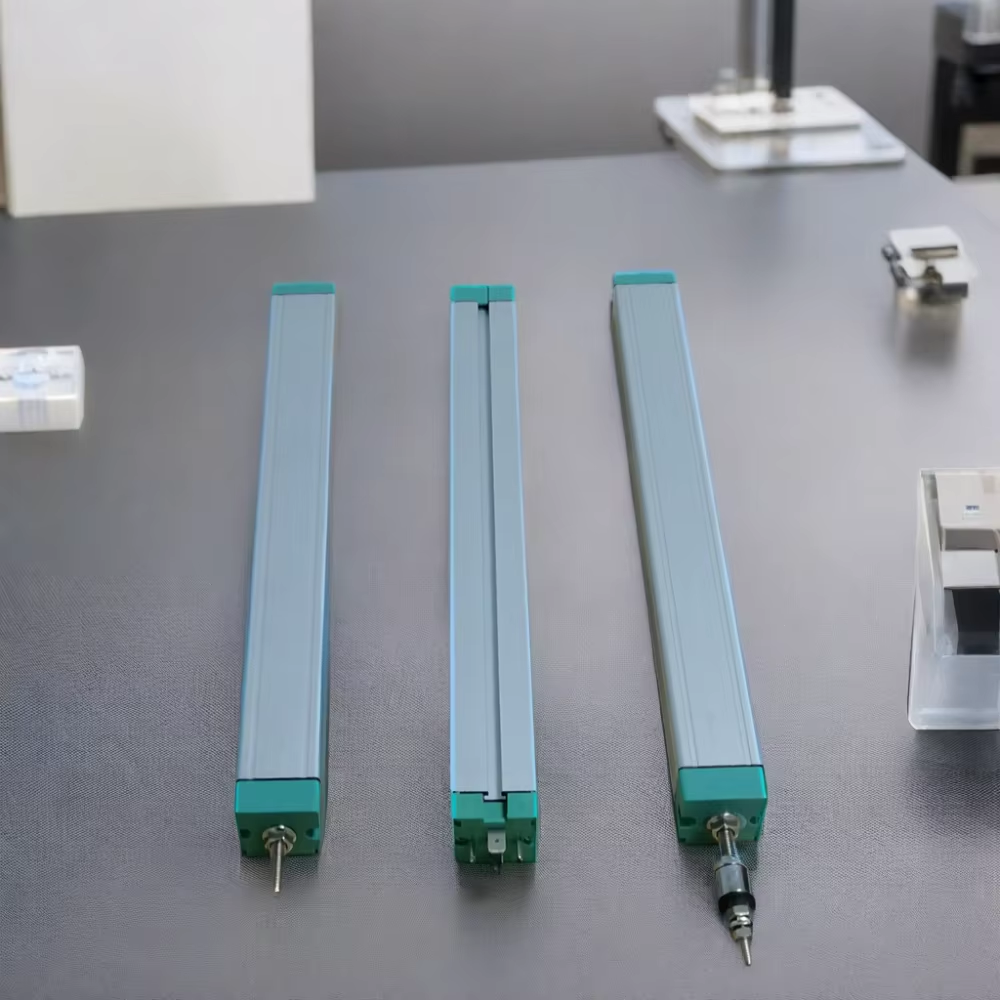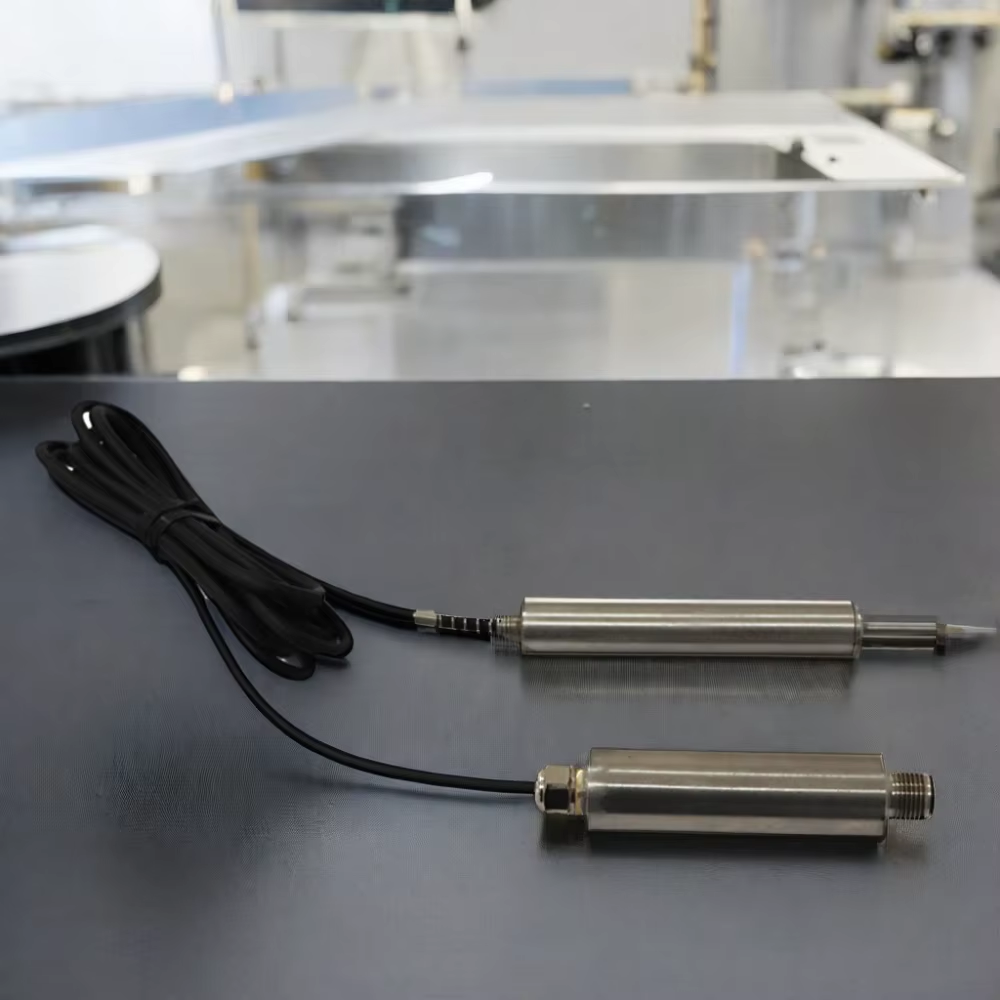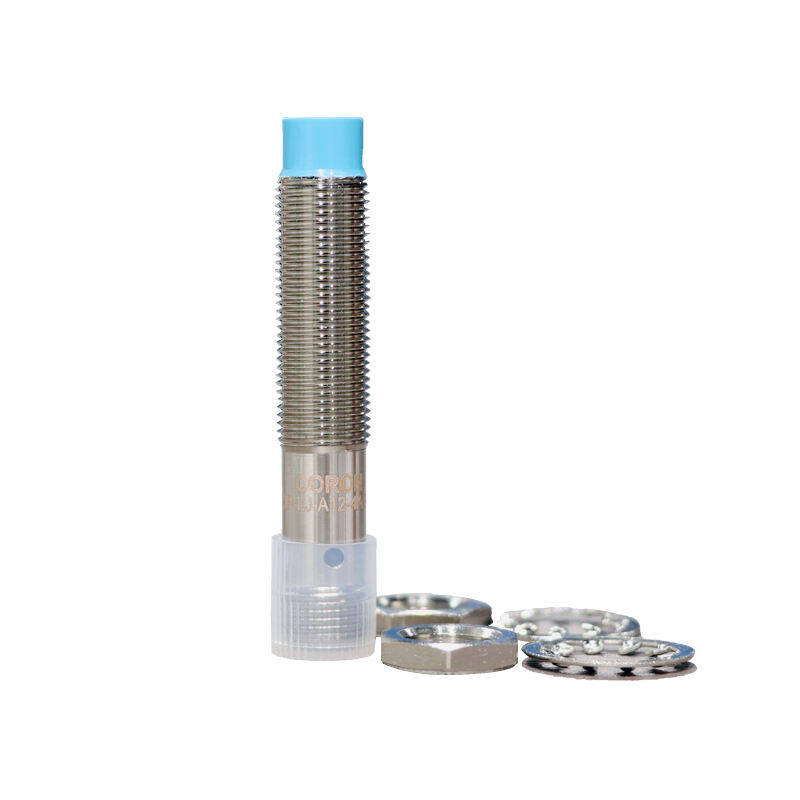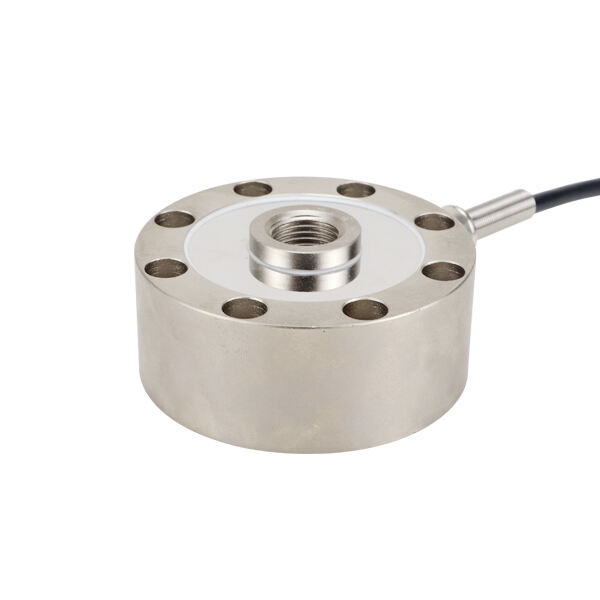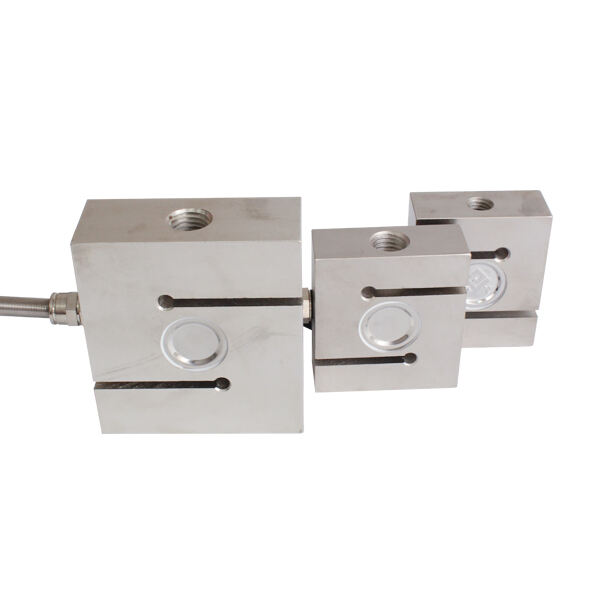snímač blízkosti
Senzor vzdálenosti je pokročilé elektronické zařízení určené k detekci přítomnosti blízkých objektů bez nutnosti fyzického kontaktu. Funguje pomocí elektromagnetických polí, infračerveného záření nebo optické technologie. Tyto senzory vysílají signály a měří změny návratových signálů, když objekty vstoupí do jejich detekční zóny. Tato technologie umožňuje přesné měření vzdálenosti a spolehlivou detekci objektů za různých environmentálních podmínek. Moderní senzory vzdálenosti obsahují sofistikované mikroprocesory, které umožňují rychlé reakční doby, typicky v milisekundách, a také nabízejí nastavitelné citlivosti pro různé aplikace. Tyto senzory existují v různých formách, včetně indukčních senzorů pro detekci kovů, kapacitních senzorů pro nemetalické materiály a fotoelektrických senzorů pro detekci na větší vzdálenost. Jsou konstruovány jako odolné s ochranou IP67 nebo vyšší proti prachu a vodě, což je vhodné pro náročné průmyslové prostředí. Dosah senzoru se pohybuje od několika milimetrů až po několik metrů v závislosti na typu senzoru a požadavcích aplikace. Mnoho modelů nyní obsahuje digitální displeje pro snadnou konfiguraci a diagnostiku, stejně jako více možností výstupů, například NPN, PNP nebo analogové signály pro bezproblémovou integraci s řídicími systémy.

